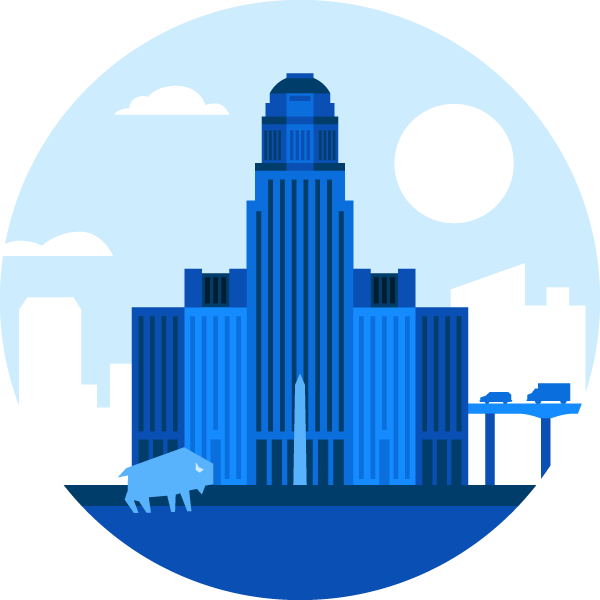EAST AURORA, N.Y. — "America the Beautiful" is more than just a song. There’s a national effort underway to preserve the beauty around our communities.
It’s called 30 by 30 — it's a working title. It was signed legislation last December, establishing this initiative across the state. It mirrors President Biden’s "America the Beautiful" vision. The hope is to conserve, connect and restore 30% of our lands and waters by 2030, for the well-being of humanity and beyond.
“Science tells us that the ecological productivity on the planet is rapidly decreasing in ways that make future human life difficult,” said Jay Burney, advocacy director of the Western New York Environmental Alliance.
Like an actor performing a soliloquy, Burney reads his plea on why we need to take care of the Earth.
“Science tells us that for humanity in future generations, for humans to survive, or more importantly, to have a quality of life that is beneficial, we need to protect half of the planet's land and water and atmosphere resources by 2050,” Burney said.
An "intermittent goal," Burney added, is 30% by 2030.
Recently, a council of leaders across WNY got together to ask for ideas, thoughts and places that need to be protected.
“We can't impose it. We've got to work together collaboratively,” Burney said.
Right now, Burney says they are sounding the alarm, while also defining what an ecologically productive area is, and looking at native plant and tree policies and ordinances across our communities.
“Is a tree and a park and ecologically important place? Obviously, a native tree is probably more important than a non-native tree, but how do we value those resources?” he asked. “Even lighting ordinances, because inappropriate lighting can be very damaging to the ecology, especially to migrating birds."
At Old Strykerville’s Road at Mossy Point in East Aurora, the Western New York Land Conservancy is working on its Wildway Project.
“[It] will allow plants and animals to roam across the landscape as they once did, and allow them to adapt to climate change, to expand their range, to ensure their survival,” said Marcus Rosten, director of the Western New York Wildway Project for the Western New York Land Conservancy.
The 216 acres are part of a million they’re hoping to buy and protect. It’s building upon the Eastern Wildway, which will eventually create a safe path for wildlife to move from the Pennsylvania border to the Adirondacks.
“The Adirondacks [is] a 6-million acre protected area, so that is a great place that we can connect and build that connection,” Rosten said. “It will allow animals to move from the Allegheny Highlands south of us, all the way up to the Adirondacks, and then the Boreal Forest up north in Canada.”
Burney says it must be done.
“We can't drop our responsibility. Otherwise, future generations, your children, your grandchildren, your great-grandchildren, they're not going to have a good time of it," Burney said.






